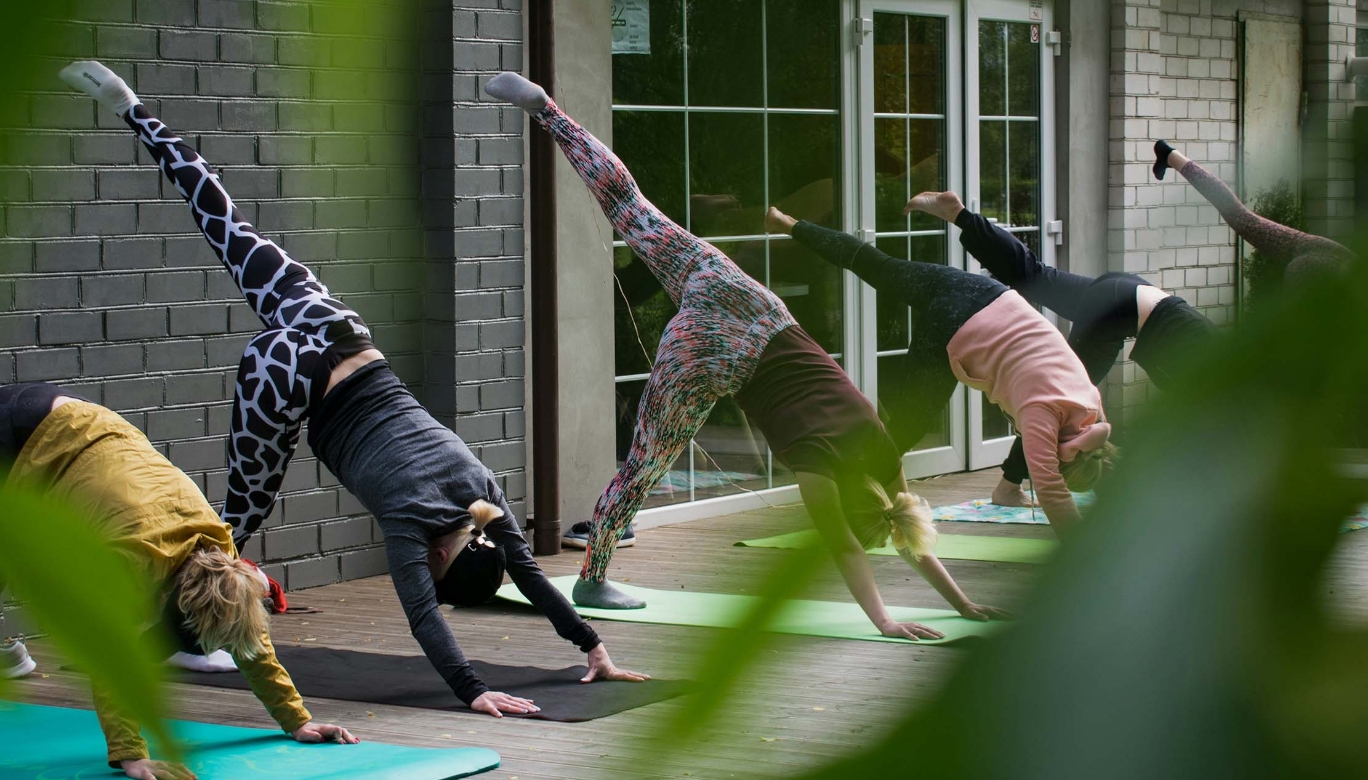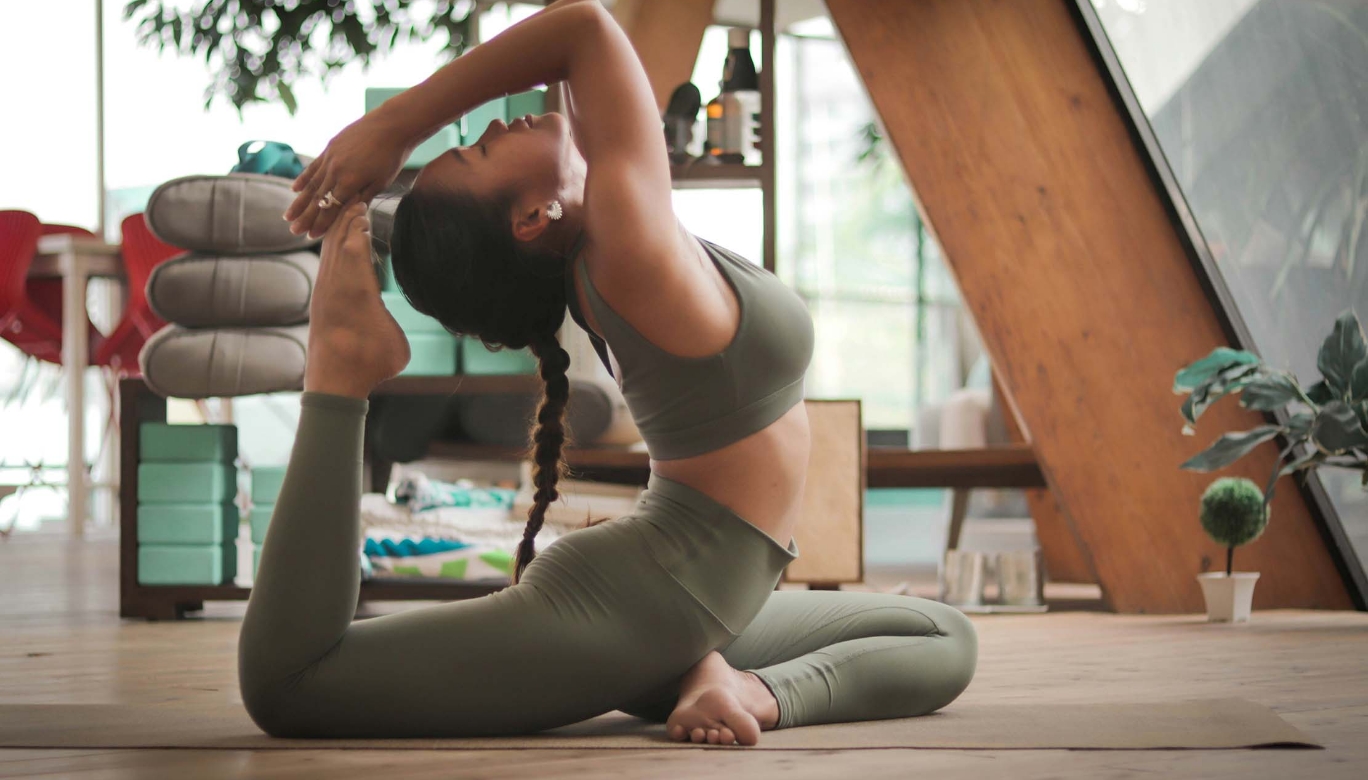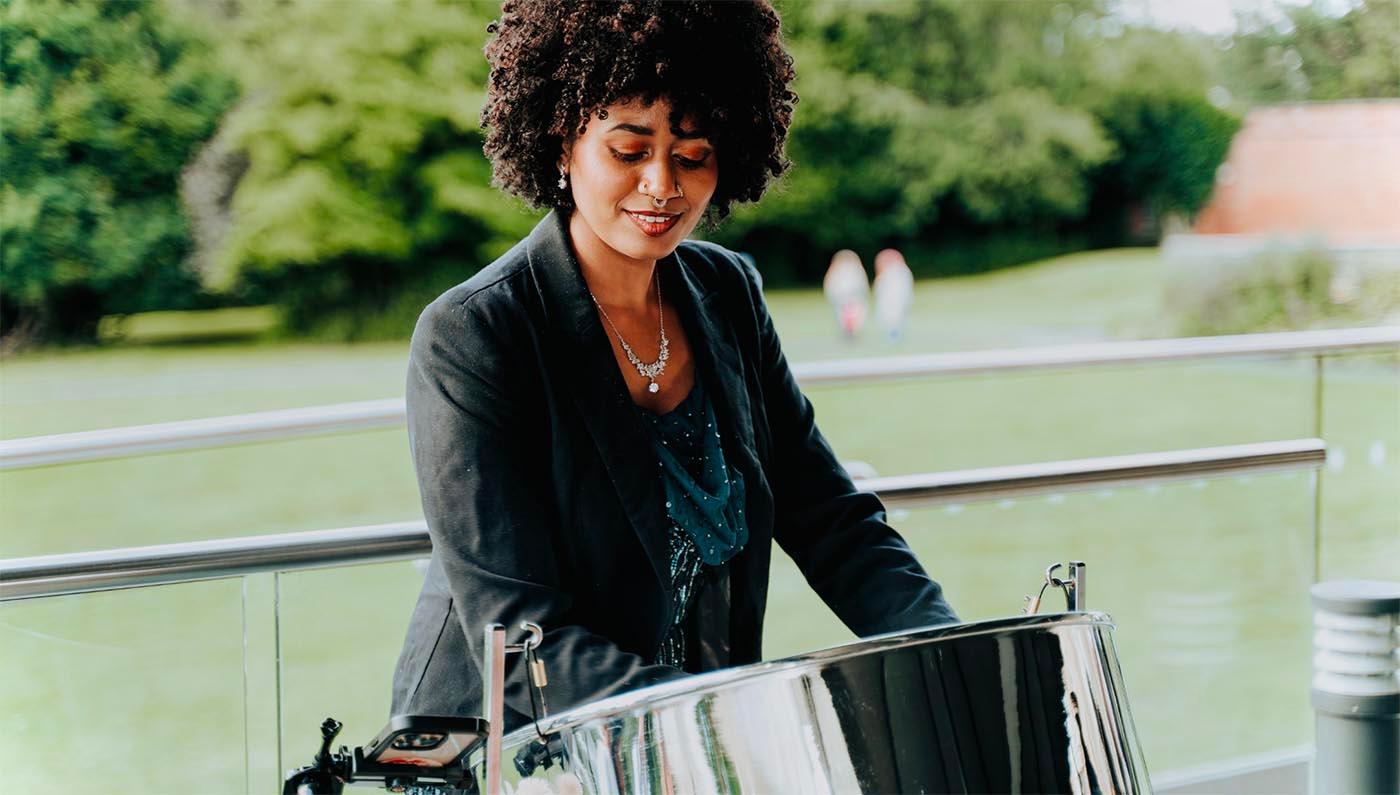How to Combat Water Retention & Enhance Circulation with this Yoga Flow

Water retention - it's something we all experience from time to time, whether it’s after a salty meal, a long flight or a day spent on our feet. It leaves us feeling puffy, sluggish and uncomfortable. Fortunately, yoga offers a natural and soothing way to help the body release excess fluids, reduce bloating, and get your circulation moving. This article will guide you through a yoga flow specifically designed to tackle water retention, enhance circulation, and leave you feeling refreshed and lighter on your feet.
Understanding Water Retention and How Yoga Helps
Water retention occurs when the body holds onto excess fluid in the tissues, often caused by factors such as high salt intake, hormonal changes or inactivity. The result is a feeling of heaviness, puffiness and general discomfort. Yoga can be an excellent remedy to help reduce water retention. Certain poses stimulate the lymphatic system, improve blood flow and encourage the body to release built-up fluids.
The lymphatic system plays a key role in detoxification. It helps remove waste, toxins and excess fluid from the body. When this system is sluggish, bloating and swelling can occur. By activating the lymph nodes through specific yoga poses, we can help reduce the fluid build-up and promote healthier circulation throughout the body.
A Yoga Flow to Reduce Bloating and Improve Circulation
This simple but effective yoga sequence will focus on stimulating the lymphatic system and boosting circulation. It targets areas in the body where lymph nodes are concentrated, including the neck, underarms, chest, abdomen and groin. The flow also incorporates deep breathing techniques, which aid in digestion and help to expel excess gas, further alleviating bloating.
1. Cat-Cow Stretch (Marjaryasana-Bitilasana)
Start in a tabletop position, with your hands directly under your shoulders and your knees under your hips. Inhale as you arch your back, lifting your chest and tailbone towards the sky (Cow Pose), then exhale as you round your spine, tucking your chin to your chest (Cat Pose). This fluid movement stretches and stimulates your spine and abdomen, enhancing circulation to the digestive organs and encouraging the movement of excess fluid.
2. Downward Dog (Adho Mukha Svanasana)
From the tabletop position, lift your hips towards the ceiling, forming an inverted V-shape. Press your palms firmly into the mat and extend your legs, keeping your feet hip-width apart. This pose encourages fluid to travel from your lower body to your upper body, promotes circulation in your legs, and provides a gentle stretch for the back and hamstrings. It’s also a great way to relieve tension and reduce puffiness.

3. Forward Fold (Uttanasana)
From Downward Dog, step your feet towards your hands and gently fold your upper body over your legs, allowing your head to hang down. This pose helps stimulate digestion and encourages the release of trapped air and bloating. By gently compressing the abdomen, the pose helps massage internal organs and promote the elimination of excess gas.
4. Twisted Chair Pose (Parivrtta Utkatasana)
Stand with your feet together, bend your knees and lower your hips as if sitting in a chair. Place your palms together in front of your chest and, as you exhale, twist your torso to the right, bringing your left elbow to the outside of your right knee. Hold for a few breaths and then repeat on the other side. This twist helps massage the internal organs and stimulates the lymph nodes in the abdomen, encouraging the body to flush out waste and excess fluid.
5. Legs Up the Wall (Viparita Karani)
End your practice with this restorative pose. Sit with your side against a wall and gently extend your legs up, resting them against the wall. Keep your arms relaxed by your sides. This position reverses the flow of gravity and helps the body expel any fluid that has pooled in the lower legs and feet. It’s a great way to finish the practice, leaving you feeling lighter and more relaxed.
The Power of Breath
Throughout your practice, remember to focus on your breath. Deep belly breathing is key in stimulating the digestive system and encouraging the body to release excess fluid. Inhale deeply through your nose, allowing your abdomen to expand, and exhale fully through your mouth, releasing any tension. The breath not only helps you relax but also aids in the removal of excess gas and fluid from the body.
Features












